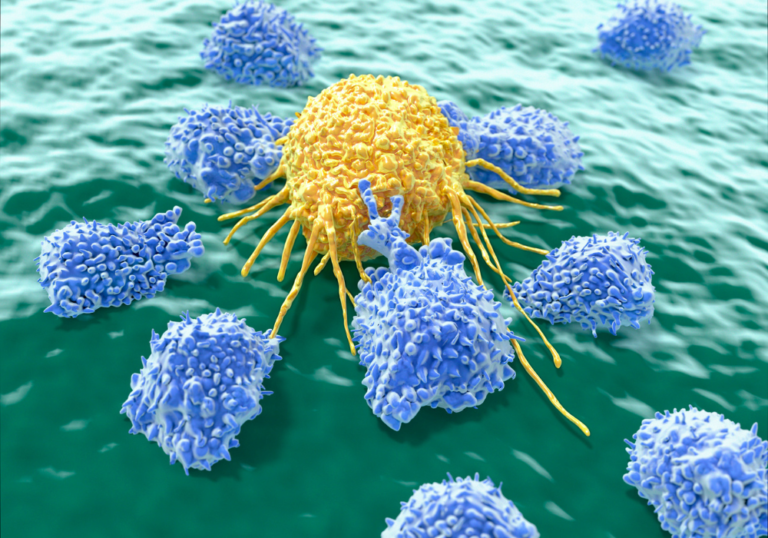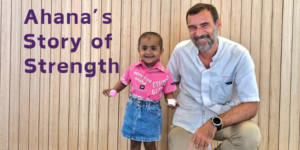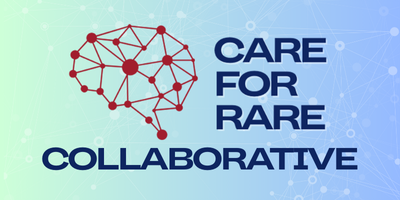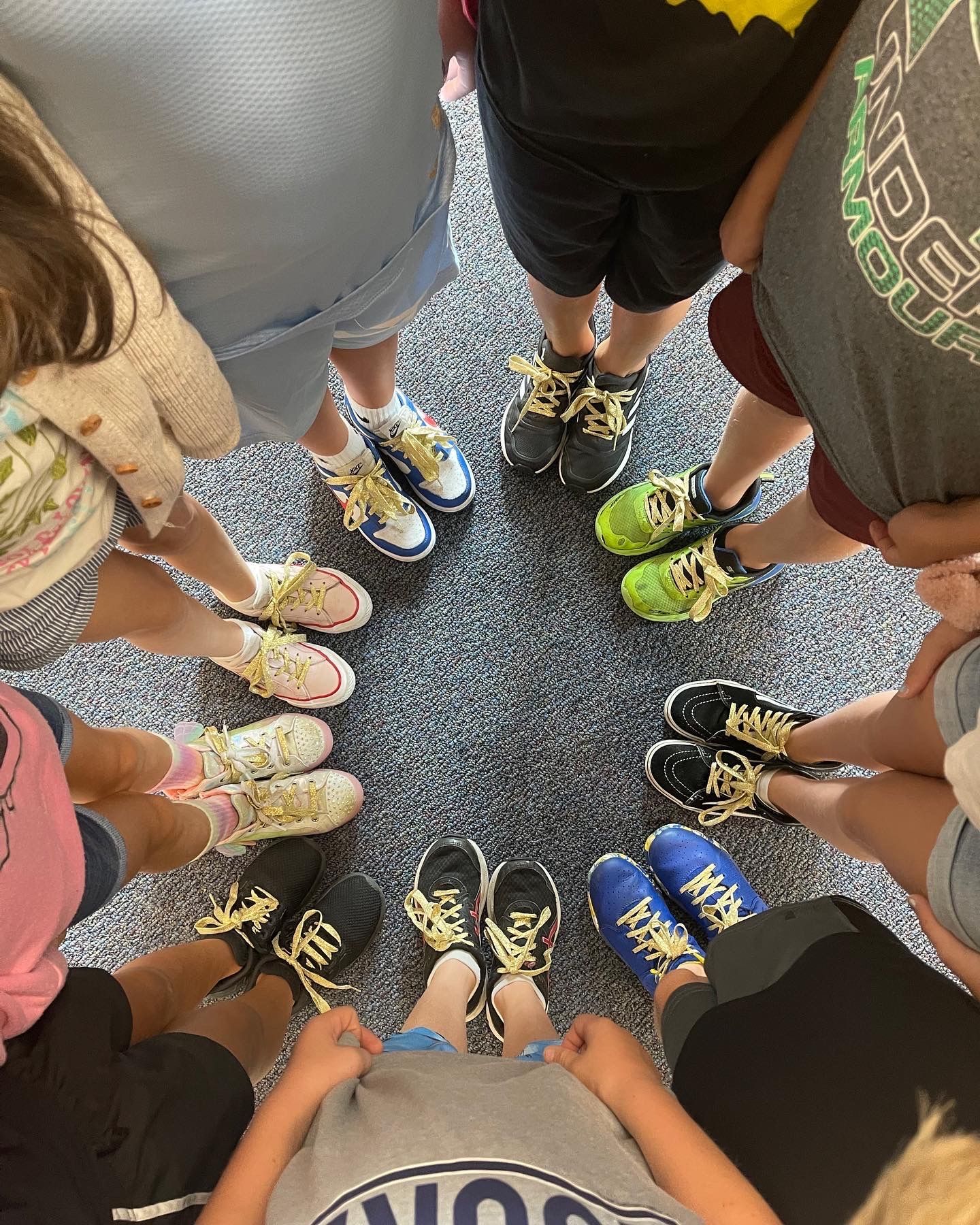Most of us are familiar with vaccines, a type of immunotherapy given to healthy people to prevent common diseases. They are made from a weakened virus or attenuated bacteria that causes the disease and are introduced into the body. This helps build antibodies that recognize and fight off that particular disease more effectively.
Some cancer vaccines work in the same way, protecting the body from the virus that can cause cancer. As a preventative, this type of cancer vaccine will only work if the person gets the vaccine before they get the virus. But there are also cancer vaccines that are used to treat certain forms of cancer. These vaccines for cancer treatment are given to people who already have cancer, and help stop the disease from spreading or returning.
Here’s what you should know about cancer vaccines and how this promising field of immunotherapy can help improve outcomes for pediatric cancer patients:
Vaccines to Prevent Cancer
Some viruses can cause cancer. Vaccines that prevent cancer work by helping the body’s white blood cells attack the virus when it enters the body. It does this by using the white blood cells’ proteins, called receptors, that are located on its surface. Viruses also have proteins on their surface, which are called antigens. Receptors and antigens are unique to each white blood cell and virus. When a white blood cell finds a virus’ antigens that “fits” to its receptors, the white blood cell binds to it and destroys the virus.1
Sometimes, the body doesn’t have the white blood cells with the right receptors to fight a virus, so vaccines that prevent cancer work by training the white blood cells to recognize the virus and fight it.

Currently, there are two cancer prevention vaccines approved by the U.S. Food and Drug Administration (FDA) and recommended by the U.S. Centers for Disease Control and Prevention (CDC): the human papillomavirus (HPV) vaccine and the Hepatitis B vaccine, which was the first cancer vaccine ever created.
Vaccines To Treat Cancer
Unlike vaccines to prevent cancer, vaccines for cancer treatment are given to people who already have cancer. The vaccine helps the immune system find, bind and destroy the cancer cells making the body sick. It’s also used to keep the cancer cells from spreading and returning.
Currently, the FDA has only approved 3 vaccines for cancer treatment in the U.S: BCG, Sipuleucel-T, and Talimogene laherparepvec or T-VEC.5
BCG Vaccine
Approved by the FDA in 1990, the BCG vaccine can be used to treat some forms of bladder cancer in its early stages, before the cancer has spread to other parts of the body. It can also be given after cancer treatment to keep the cancer from returning. To deliver the drug, doctors administer the BCG vaccine in liquid form through a catheter, allowing it to come into direct contact with the cancer cells.
Sipuleucel-T Vaccine
Used to treat metastatic prostate cancer, Sipuleucel-T was approved by the FDA in 2010. The drug is personalized to the patient’s immune cells. Using a machine, the patient’s blood is collected, which extracts the immune cells and returns the rest of the blood back into the body. Afterwards, the collected cells are sent to a manufacturing lab, where the patient’s immune cells are mixed with proteins that make them work against the cancer.
T-VEC Vaccine
Made with a genetically modified and live herpesvirus, this vaccine was approved by the FDA in 2015 to treat advanced melanoma. T-VEC is injected directly into the tumors in the skin and lymph nodes. The drug works by creating copies of itself in cancer cells, causing the cancer cells to burst.
Vaccines and Pediatric Cancer
Researchers around the globe are exploring different ways cancer vaccines work and testing to see which types of cancers vaccines can treat. Historically, the majority of vaccination studies have been applied to adults, so there’s still a lot that scientists don’t know about vaccines and the potential effectiveness against pediatric cancer. As a form of immunotherapy for kids, cancer vaccines are being studied in ongoing clinical trials.
Here are the four different classes of cancer vaccines 6 and their current applications in childhood cancer studies:
Cell-Based Vaccines
Cell-based vaccines can include the use of whole tumor cells, tumor antigens, or dendritic cells (DCs) already present in the patient’s body to train the immune system to find and attack abnormal cells, like cancer cells. The job of dendritic cells present tumor antigens to the immune system, triggering an immune response. To make this vaccine, scientists modify a patient’s dendritic cells to create tumor-specific antigens that target the cancer cells inside the patient.
In some phase I/II clinical trials with pediatric cancer patients, DC cancer vaccines have been shown to cause minimal toxicity. Solving Kids’ Cancer has helped fund a dendritic cell vaccine for neuroblastoma, which showed promising results in the patient population.7 Several studies using this vaccine have also reported improved outcomes for patients with various types of cancers, including relapsed sarcomas, acute myeloid leukemia, and relapsed malignant brain tumors.8
One trial used a vaccine containing the tumor antigens, synthetic GD2 and GD3, and tested it with a combination of immune adjuvants beta glucan (β-glucan) and OPT-81, resulting in encouraging outcomes. Adjuvants are substances that are added to a vaccine to help boost the immune system’s response to antigens. To date, hundreds of children have been treated with this vaccine.9 It’s currently being tested for added immune response with or without a protein called granulocyte-macrophage colony stimulating factor (GM-CSF), which is a substance that helps to make more white blood cells.
Peptide Vaccines
Made from special proteins in cancer cells, this vaccine stimulates the immune system to produce antibodies against a particular disease. Since peptide vaccines are formed from proteins extracted from a pathogen, they don’t have to be grown in a lab unlike traditional vaccines. Instead, they can be produced quickly, in large quantities, and at lower costs using automated equipment.
When used in pediatric clinical trials for solid and hematological cancers, peptide vaccines resulted in complete remission in one patient and a period of stable disease in another patient within a limited patient population, though a larger study with 26 patients didn’t demonstrate a clinical response.10 There have also been some improvements in pediatric cancer patients with high-risk neuroblastoma and gliomas.8
Nucleic Acid Vaccines
Nucleic acid cancer vaccines are made from small amounts of DNA and RNA that are usually found in cancer cells. When a patient is given the vaccine, their cells will develop proteins that recognize the cancer cells inside their body as a foreign substance, triggering the immune system to create antibodies that will destroy them. Like peptide vaccines, nucleic vaccines can be produced rapidly and at lower costs.
Though there have been minimal studies of nucleic acid vaccines used on pediatric cancers, they have been shown to produce T-cell immunity, training the immune system’s T-cells to recognize and kill cancer cells present in the body.8
Viral Vector Vaccines
Viral vector vaccines use a modified version of the virus to give instructions to the body’s cells. This causes the cells to produce antigens, triggering an immune response. If the body is exposed to the virus later, its cells will recognize and know how to fight the virus.
Currently, there is minimal evidence on viral vector vaccines for use in pediatric cancers. However, some preclinical data suggests that viral vectors may be effective on brain tumors. Additionally, a study using a designed human cytomegalovirus (HCMV)-based vaccine has shown to efficiently stimulate T-cells, while a phase I study using adenoviral vector with the herpes virus has shown to be safe in combination with radiation and chemotherapy when treating pediatric malignant glioma or recurrent ependymoma.8
Future of Vaccines for Childhood Cancer
As scientists continue to learn how to harness the power of the immune system through immunotherapy, there is hope that cancer vaccines can impact outcomes for pediatric cancer patients. Though many of the studies on pediatric cancer vaccines are still in early stages, major advances shown in preclinical data and clinical trials could lead to more effective, less toxic treatments for patients and fewer long-term health issues for survivors.
As the landscape of pediatric cancer treatment evolves with the introduction of immunotherapy and vaccine development, it is essential to remain vigilant about the potential for vaccine injury. While the promise of cancer vaccines brings hope, it also raises important questions regarding safety and long-term effects, especially in vulnerable populations like children.
The emergence of cases linked to vaccine injuries can be concerning for families who are already navigating the complexities of cancer treatment. This is where resources like My Vaccine Lawyer become invaluable, providing guidance and support for families facing the challenges of vaccine-related complications. Their expertise helps individuals understand their rights and the options available should they experience adverse reactions.
The delicate balance between harnessing the immune system’s power through innovative treatments and ensuring patient safety is a priority for researchers and healthcare providers alike. Ongoing dialogue about the benefits and risks associated with cancer vaccines is crucial, particularly in pediatric oncology, where the stakes are high.
As studies progress and more data emerges, it will be vital for families to have access to comprehensive information and legal resources. This will enable them to make informed decisions about their children’s health while advocating for their rights in the event of vaccine injuries.
At Solving Kids’ Cancer, we believe in driving innovation forward to accelerate new, next-generation treatments, like pediatric cancer vaccines. By collaborating with researchers and institutions across the globe, we’re working hard to find and fund breakthrough trials for the rarest and most aggressive childhood cancers. Your support helps fund clinical trials to discover cures for childhood cancer and give more hope to children and families — because every kid deserves to grow up.
Sources:
1 What Are Cancer Vaccines? – https://www.cancer.net/navigating-cancer-care/how-cancer-treated/immunotherapy-and-vaccines/what-are-cancer-vaccines
2 HPV Vaccine Facts – https://www.cancer.org/healthy/cancer-causes/infectious-agents/hpv/hpv-vaccine-facts-and-fears.html
3 HPV Vaccination Recommendations – https://www.cdc.gov/vaccines/vpd/hpv/hcp/recommendations.html
4 Hepatitis B Are You At Risk? – https://www.cdc.gov/hepatitis/hbv/pdfs/hepbatrisk.pdf
5 Cancer Vaccines – https://www.ncbi.nlm.nih.gov/pmc/articles/PMC6361626/
6 Cancer vaccines as promising immuno-therapeutics: platforms and current progress – https://jhoonline.biomedcentral.com/articles/10.1186/s13045-022-01247-x#:~
7 A phase I trial combining decitabine/dendritic cell vaccine targeting MAGE-A1, MAGE-A3 and NY-ESO-1 for children with relapsed or therapy-refractory neuroblastoma and sarcoma – https://pubmed.ncbi.nlm.nih.gov/26105625/
8 Therapeutic cancer vaccines for pediatric malignancies: advances, challenges, and emerging technologies – https://www.ncbi.nlm.nih.gov/pmc/articles/PMC8034661/
9 A Study of a Vaccine in Combination With β-glucan and GM-CSF in People With Neuroblastoma – https://www.ncbi.nlm.nih.gov/pmc/articles/PMC5592799/
10 WT1 peptide immunotherapy for cancer in children and young adults – https://pubmed.ncbi.nlm.nih.gov/20582983/


















































































